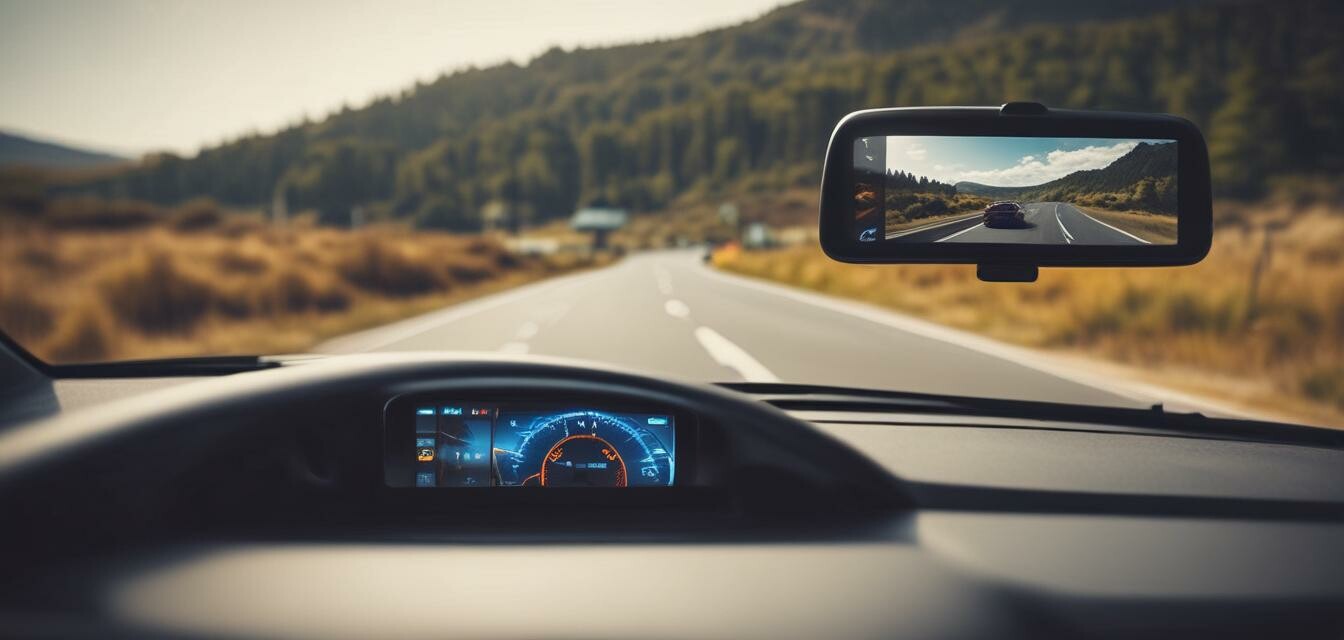
Which video resolution is best for your dashcam?
Key Takeaways
- Video resolutions include 1080p, 2K, and 4K, each catering to different needs.
- Higher resolutions provide greater detail but require more storage space.
- Choose a resolution based on usage, whether for daily driving or special occasions.
- Consider factors such as clarity, frame rate, and file size in your decision.
Navigating the world of dashboard cameras can be daunting, especially when deciding on the best video resolution for your needs. Video quality plays a crucial role in ensuring clarity and detail in recordings, which can be essential in accident situations. This guide will explore the available resolutions—1080p, 2K, and 4K—and help you determine which is best suited for your driving needs.
Understanding video resolutions
Video resolution refers to the clarity of an image on a screen, defined by the number of pixels displayed. The higher the pixel count, the better the image quality. Here are the common video resolutions for dashcams:
| Resolution | Pixel Count | Pros | Cons |
|---|---|---|---|
| 1080p | 1920 x 1080 | Good clarity, sufficient for most users | Less detail compared to higher resolutions |
| 2K | 2560 x 1440 | Better detail, improved low light performance | Requires more storage space |
| 4K | 3840 x 2160 | Exceptional detail, ideal for identifying license plates | Highest storage requirements, may strain processing power |
Choosing the right resolution for your needs
Your choice of video resolution should depend on your specific needs and circumstances. Here’s a breakdown of suggestions based on typical driving scenarios:
- Daily Commute: 1080p is often sufficient for everyday driving, capturing crucial details without overwhelming storage capacity.
- Long Road Trips: Consider upgrading to 2K for clearer visuals and detail retention, especially in scenic locations.
- High-Stakes Situations: Opt for 4K if you want the finest detail possible, particularly useful for insurance claims after accidents.
Storage considerations
One key factor to consider when selecting a video resolution is how much storage space you will need. Here’s a rough guideline on the storage demands of each resolution:
| Resolution | Average File Size per Hour |
|---|---|
| 1080p | Approx. 4-8 GB |
| 2K | Approx. 8-12 GB |
| 4K | Approx. 20-30 GB |
As you can see, the higher the resolution, the more storage space you will need. It's advisable to invest in a quality memory card that supports the resolution you choose, ensuring recordings are saved efficiently.
Additional features to consider
While video resolution is paramount, other factors also play an important role in your overall dashcam experience. Consider the following:
- Frame Rate: Higher frame rates provide smoother video. Aim for at least 30 FPS for better performance.
- Night Vision: Make sure your dashcam has adequate technology to capture details in low-light conditions.
- Wide-Angle Lens: Provides broader coverage, a valuable feature to capture more of your surroundings.
Conclusion
Ultimately, choosing the right video resolution for your dashcam boils down to your specific needs and usage scenarios. While 1080p might suffice for casual use, those who desire superior clarity and detail may want to consider 2K or 4K options. Always remember to balance your needs against storage requirements, ensuring your dashcam serves you well in any situation.
Pros
- Higher video resolutions enhance clarity and detail.
- More features available at higher resolution ranges.
- Helps in accident verification through clearer images.
Cons
- Higher resolutions require larger storage space.
- More costly initial investment in quality cameras.
- Can have increased power demands on the camera.
For more information on specific camera types, you can check out our guide on 4K resolution dashcams, or see our comparison of compact dashcams that may fit your vehicle perfectly. If you're interested in a more budget-friendly option, refer to the dual lens dashcams where we highlight their features and benefits.